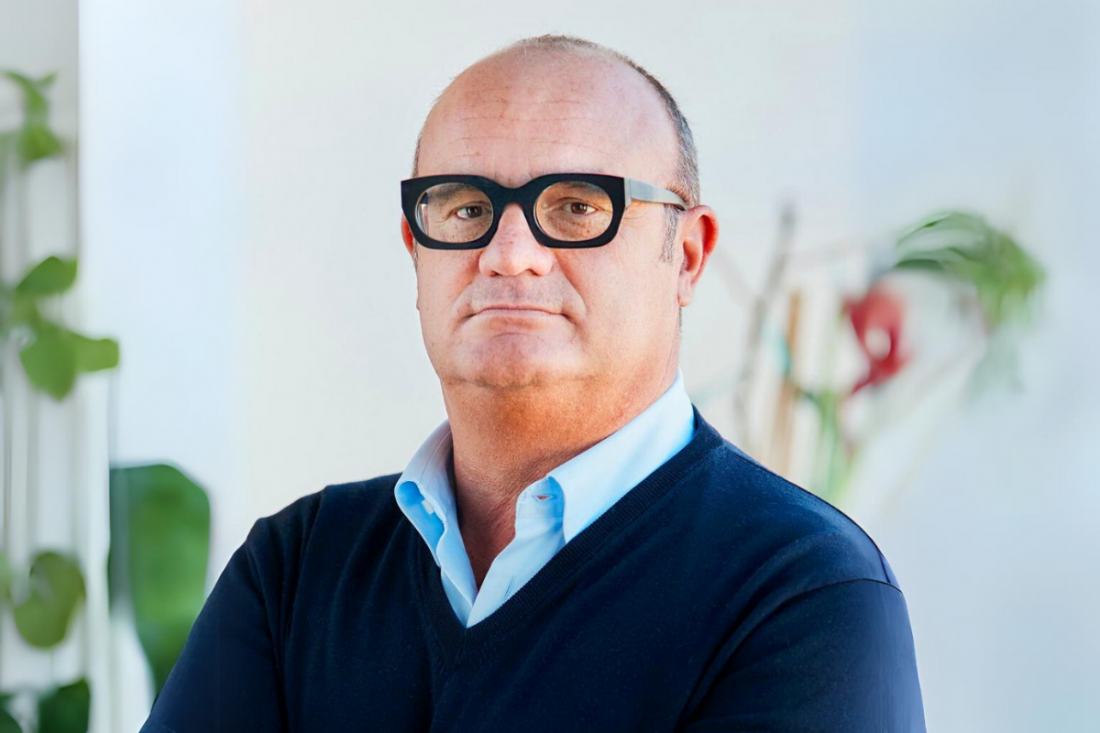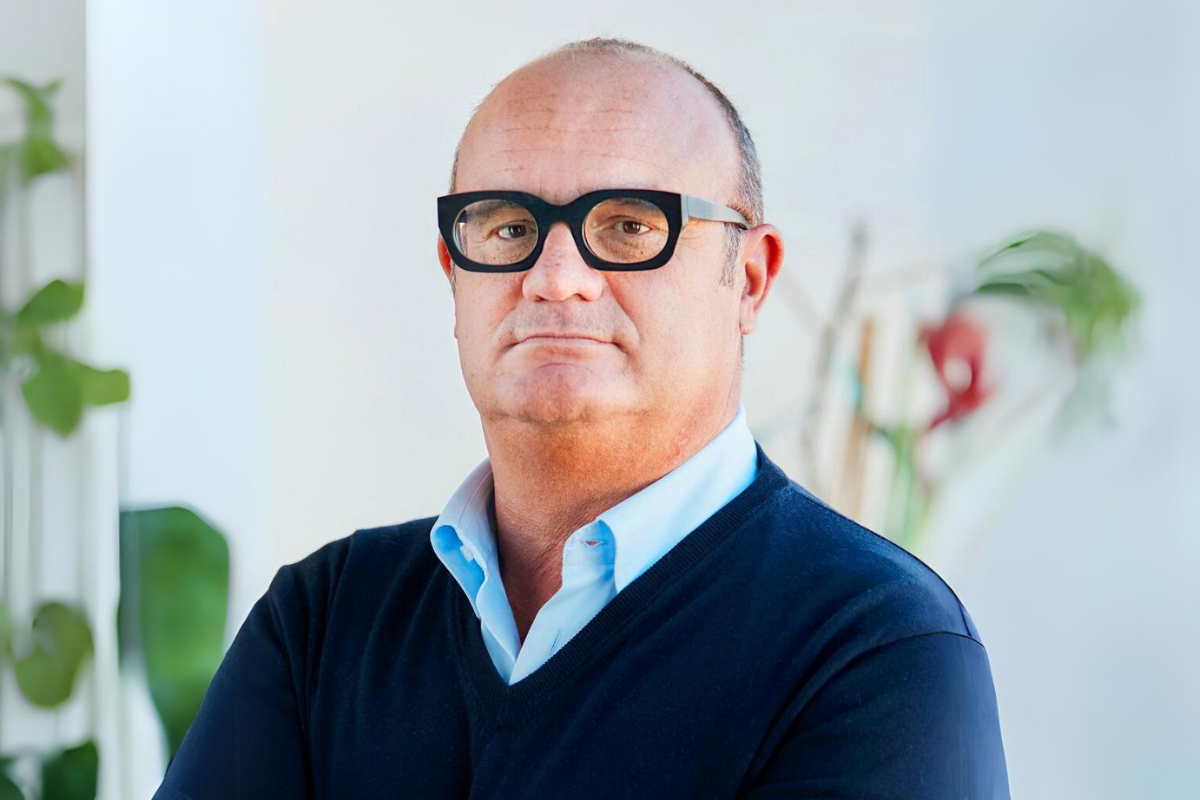If you drive a Bentley, Lamborghini, Rolls Royce, Porsche, Jaguar or BMW, there’s every possibility that the leather interiors come from Pasubio Leather – and not by chance, but thanks to the strategic direction of CEO Luca Pretto.
“I saw a big opportunity to grow the business, because leather was always requested by the final customer of the cars and sponsored by the car producer. It’s a driver of profitability for them. I understood that the market was growing and our market share could grow,” Pretto tells The CEO Magazine.
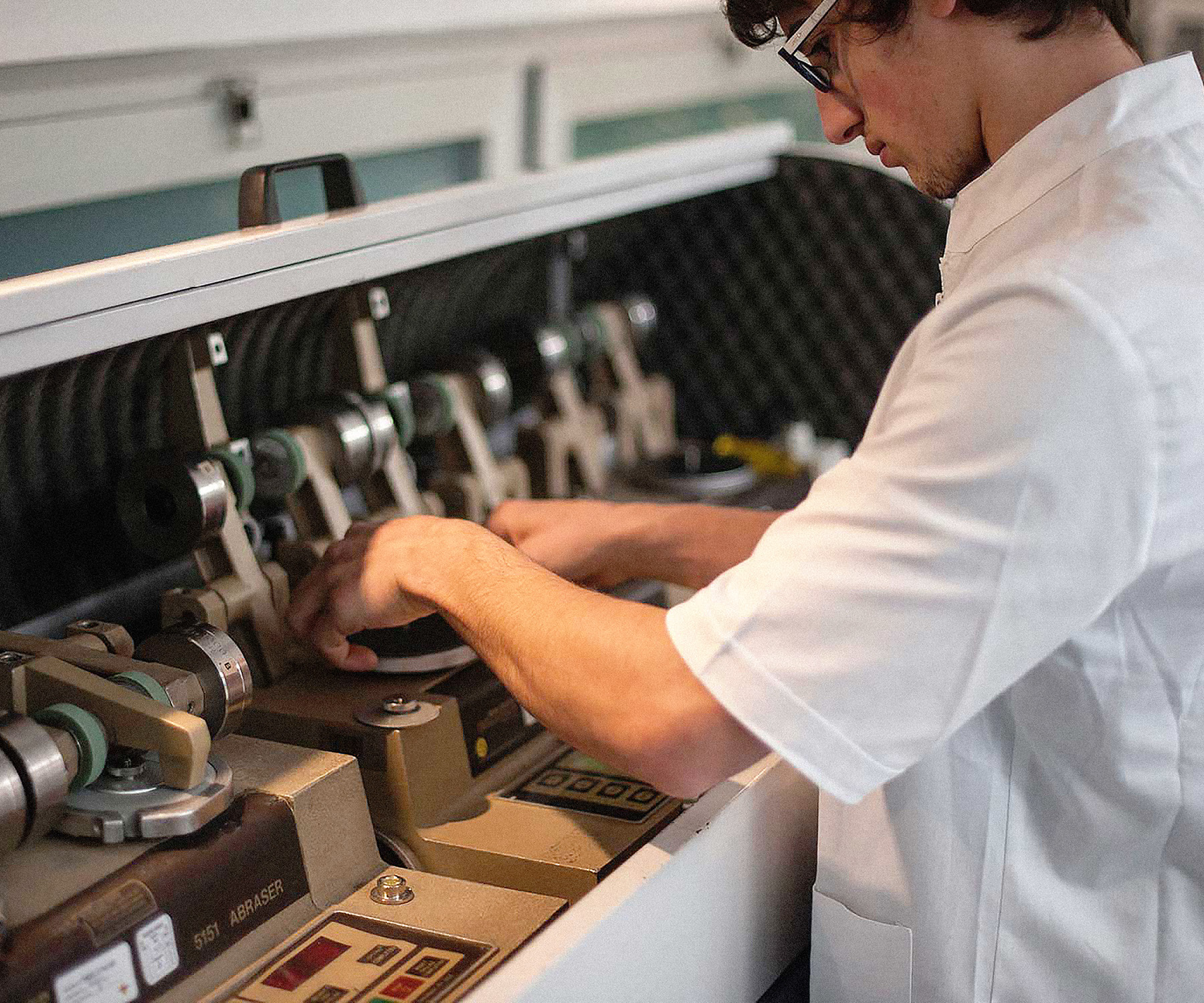
“We put the right people in the right positions and stopped with the family setup.”
“Leather has been seen by car producers as a way to improve the attractiveness of the vehicles and increase the luxury aspect, so it creates a premiumization of all segments of cars, through the quality of interiors.”
Both Pretto and Pasubio have come a long way since he joined the family business in 1996, aged 26, and not long out of university. In 1955, Pretto’s father, Mario, established the Fratelli Pretto tannery with his two brothers, originally supplying leather for footwear. By 1966, the company had changed its name to Pasubio, after the mountain near their hometown. And in the years since, Pasubio has developed and grown to focus on premium leather interiors in the luxury automotive industry. The family structure is also now a thing of the past, one of the key changes Pretto implemented after taking over as CEO in 2009, after his father passed away.
The End of an Era
Pretto’s succession of his father marked not just a change in leadership, but a change in culture. While being a family business had carved its niche as a leather expert, it was holding the business back operationally and competitively. Key roles in the company, for example, were created and filled based on the needs of the family rather than the business, which Pretto realized was at odds with continuing the double-digit growth Pasubio had experienced since he took over.
So from 2017, Pretto worked alongside private equity firm CVC to help professionalize and restructure Pasubio. In 2021, Pasubio and CVC parted ways, with Pasubio then negotiating an acquisition by PAI Partners. During this time, Pretto continued to hold the role of CEO.
In collaboration with
Chime

“We put the right people in the right positions and stopped with the family setup. I transitioned from doing things to making things happen, organizing a team that executes the strategy and the mission,” he says.
He explains he has a clear understanding of his dual role in the company. “I’m a shareholder that demands discipline from the management team, myself included, in the preparation of the business plan, in its execution and in its performance,” he says. “In the meantime, I’m also the CEO that engages the management team on our vision and mission, shares the strategy and controls execution.”
“I don’t see many challenges now in executing our long-term plan because I have a lot of trust in our management team. It’s a high-level management team. It’s a different company, an organization from the bottom up and not top-down, as in the past.”
A Five-Pillar Plan
That plan, as Pretto relays, has five pillars. First, there’s replicating its success in Europe – a market that currently represents around 90 percent of its business – across the globe, particularly in the United States and China. These are linked to two further pillars: boosting competitiveness, thanks to an AI-centric operational improvement plan; and expanding its supply of alternative premium luxury materials for auto interiors, such as recycled leather and leather alternatives.
“We have a very robust operational improvement plan, which includes robotization, big data analytics and innovation that will completely change our operations and our product portfolio. It can let us grow in a more sustainable way,” Pretto says.
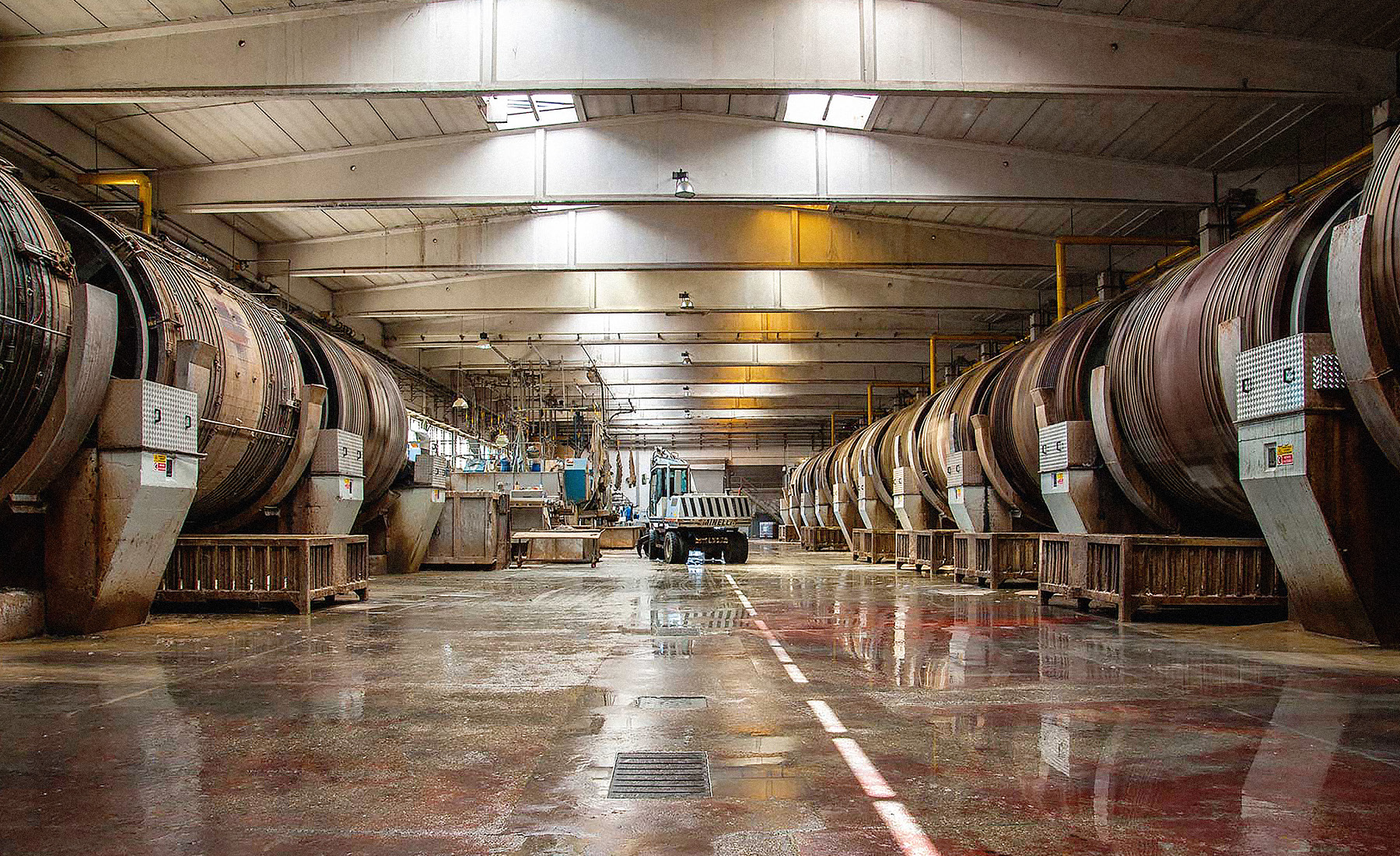
“We have a very robust operational improvement plan, which includes robotization, big data analytics and innovation.”
He gives the example of automating the selection of cow hides – using electronic eyes to examine above 1000 individual pieces per shift, doubling productivity while eliminating errors.
It’s the fifth pillar – becoming a leader in ESG – that Pretto considers the most influential and important. He wants ESG to become one of the main drivers of Pasubio’s success, and for all its decisions to be driven from an ESG perspective. But the main challenge is for the market to understand the sustainable qualities of leather.
“It’s the most ancient example of a circular economy, because no cattle are killed for leather,” Pretto explains. “Leather represents just two percent of the value of an animal. Cattle are killed only for the meat, and we give leather a new life by recycling the waste of the meat industry. It would otherwise be incinerated or disposed of.”
Partners not Suppliers
The trick, he believes, will be to bring together all industry players to share this message and the facts behind it. Along with leveraging its high-profile customer relationships, Pasubio will also lean into those suppliers of key materials such as raw hides and chemicals, from the likes of companies like Chime, who have a lab in the heart of the famed Italian Veneto tanning district, where Pasubio is based, too.
“We don’t have suppliers, we have partners. We are all part of a much bigger supply chain with the final customer that will choose one final product. So I feel part of Porsche, I feel part of Bentley, I feel part of Lamborghini. We share goals. We want to engage them in our strategy and we want to be transparent. We have to understand that we are part of a bigger family than our single company,” Pretto states.
“It’s not a matter of contracts, it’s a matter of a vision of the same target. We need to grow together, we need to perform together, but we have to sign a pact of continuous improvement.”
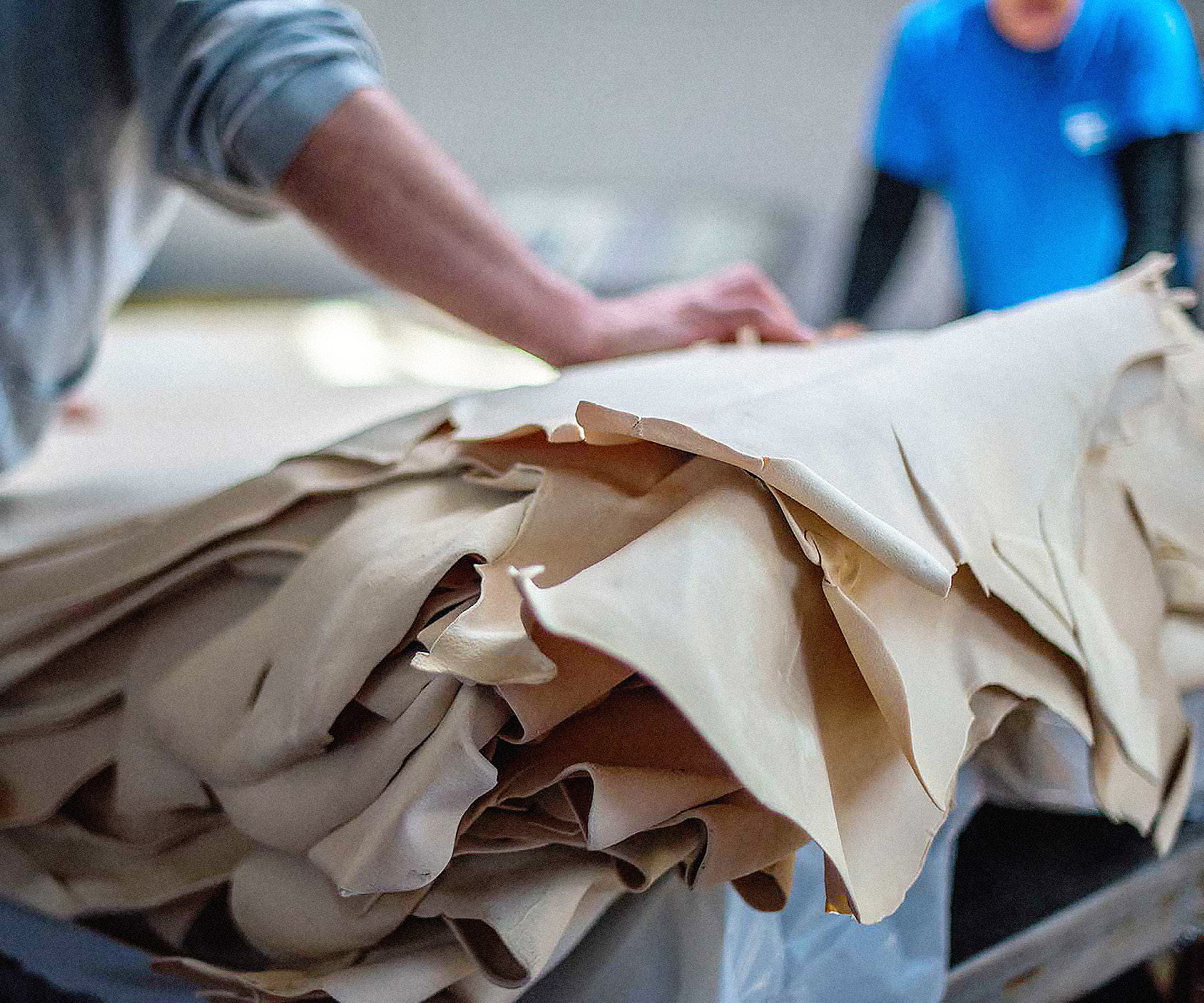
“With the right people, you can execute the perfect product.”
Another important next step for Pasubio is to become a talent-oriented business beyond its original identity as a family company.
“My concentration now is on who more than what. Who makes things happen and how to organize them, how to make talent grow in the company, how to attract talent from outside of the company. I want to be a facilitator of the talent in our company,” Pretto says.
“With the right people, you can execute the perfect product.”

